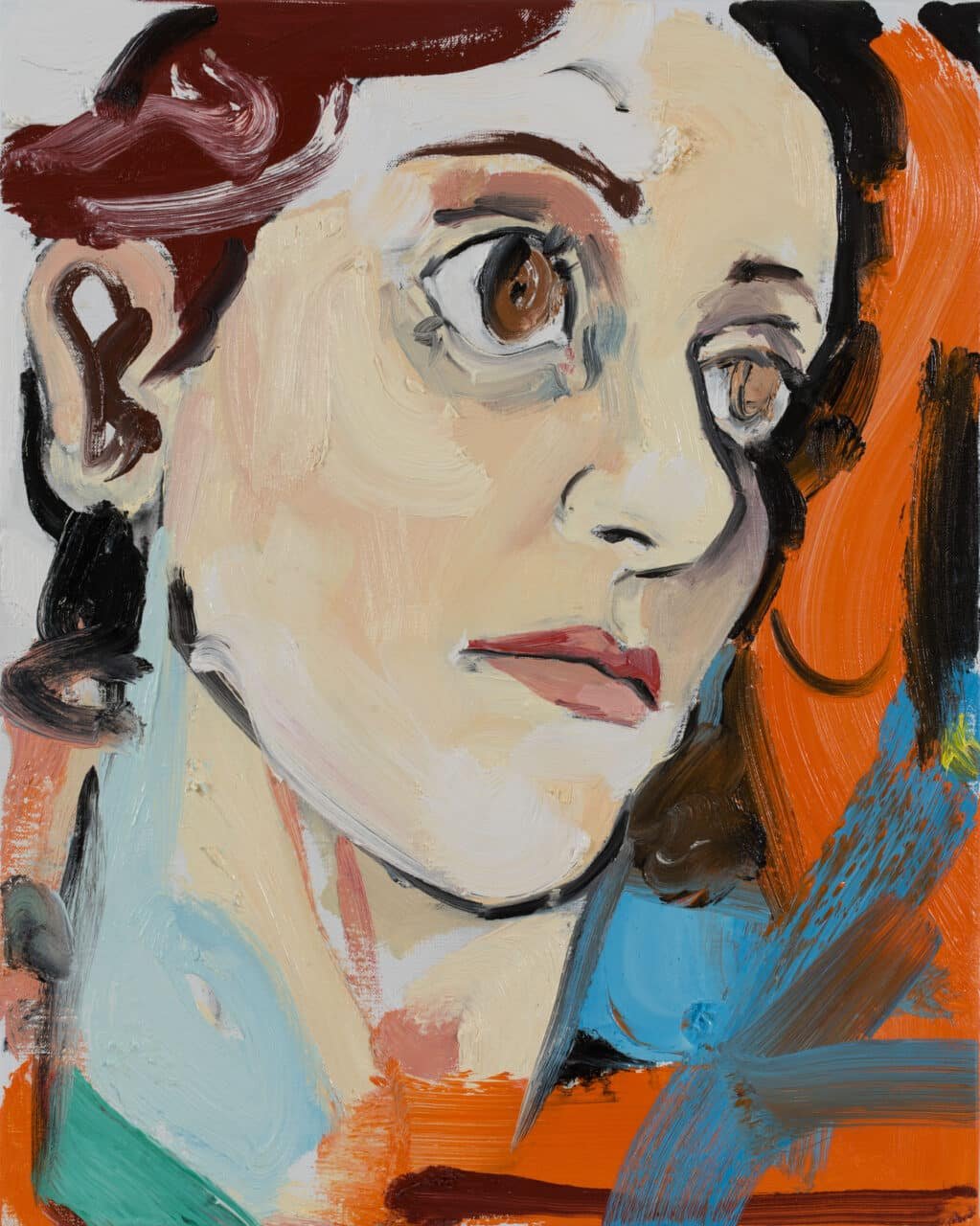
New York City: To those familiar with her work, the 35-year-old artist Cristina BanBan’s one-bedroom Bushwick apartment might seem downright monastic. When we first meet in March 2021, little decorates the walls of the railroad-style breezeway but exposed brick and pre-war panelling. Though she is a creator of art objects herself, she affixes little value to her own possessions, perhaps the result of a sense of transience inescapable after a series of international moves. White space is a fresh start, like a blank canvas.
BanBan grew up in El Prat de Llobregat, a municipality on the outskirts of Barcelona. She learnt to draw in part by imitating the anime popular on Catalan television in the early ’90s—Doraemon, Sailor Moon—and the Japanese animation style’s exaggerated proportions, melded with the figurative techniques she formalised at the University of Barcelona. In 2012, she fled to London amid the Spanish financial crisis. After a stretch of increasingly high-profile exhibitions and awards, she arrived in New York in 2019.
When I met BanBan again recently, this time at her studio—an airy loft space with wide views of the Manhattan skyline—it felt as though everything had shifted. It’s difficult to say whether it was the world around us or merely the one inside her artwork. Proportional, almond-shaped eyes seem almost shrunken considering their formerly gooey, oversized renderings. The bright palette has muted with soft, flesh tones, with marks that sometimes reveal charcoal underdrawings. The backgrounds, once furnished rooms, are empty, leaving the characters floating ambiguously and without cause. Bodies appear overlaid; an unexpected dollop of blue paint highlights a breast. Her hands, however, remain large—or are they growing?
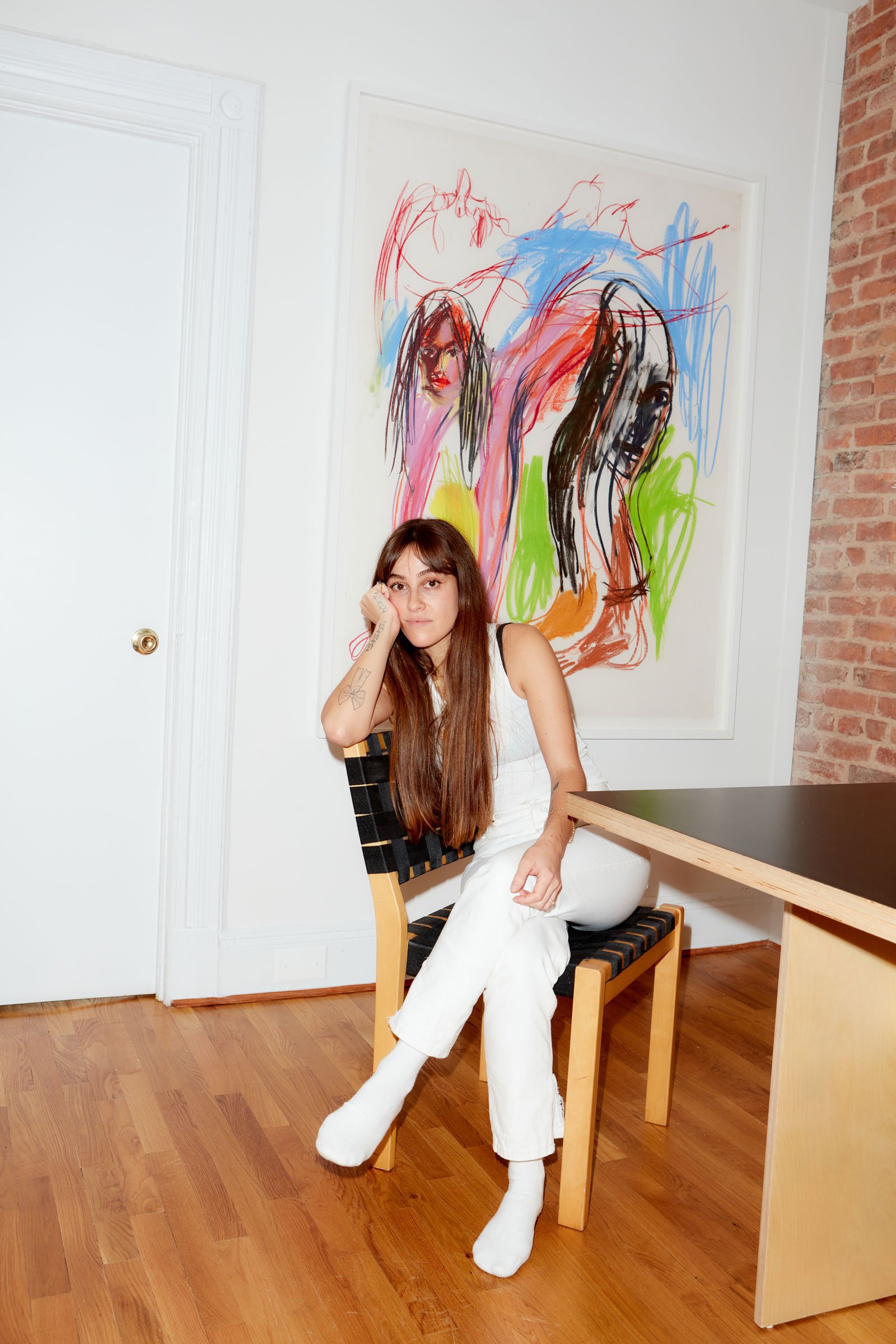
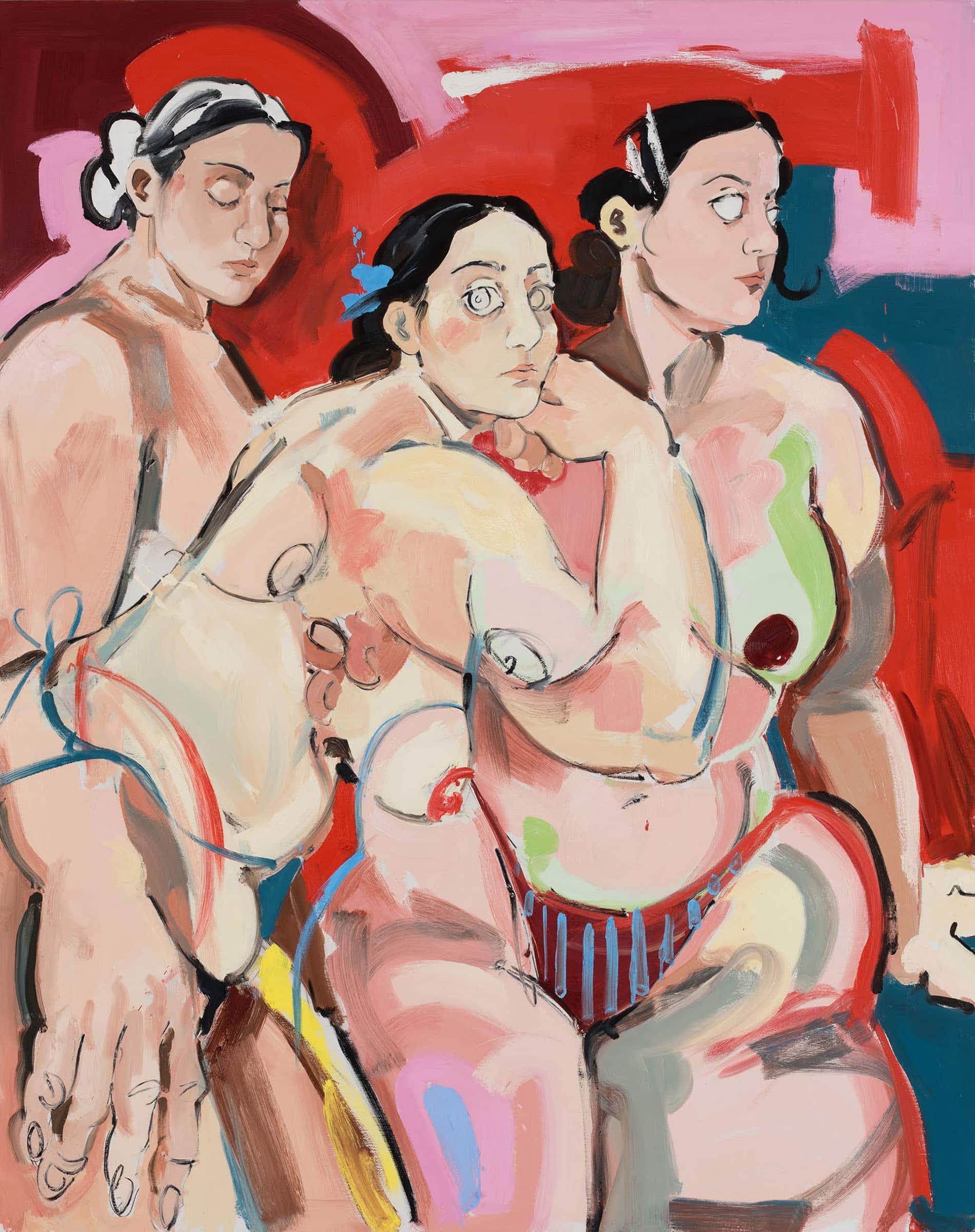
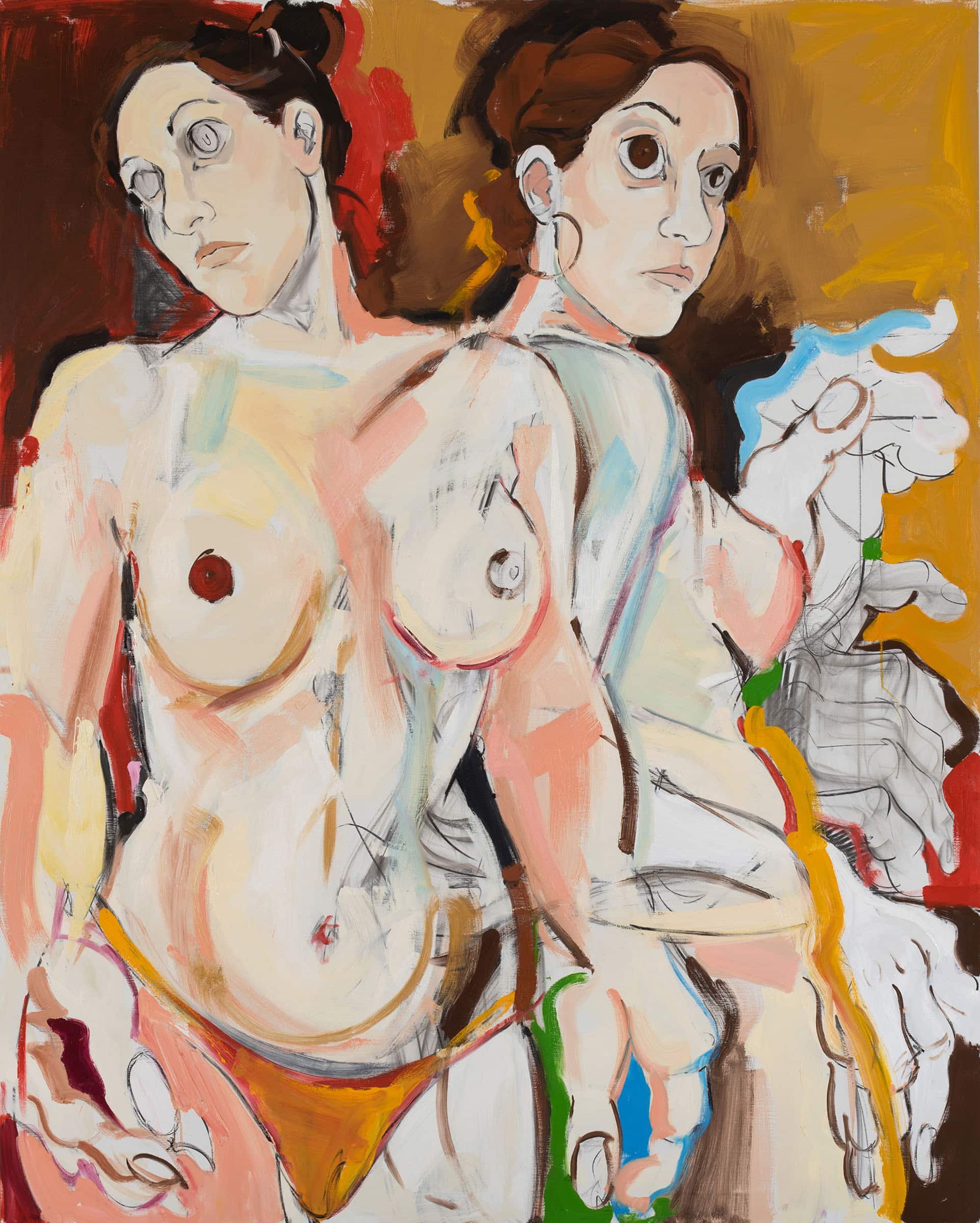
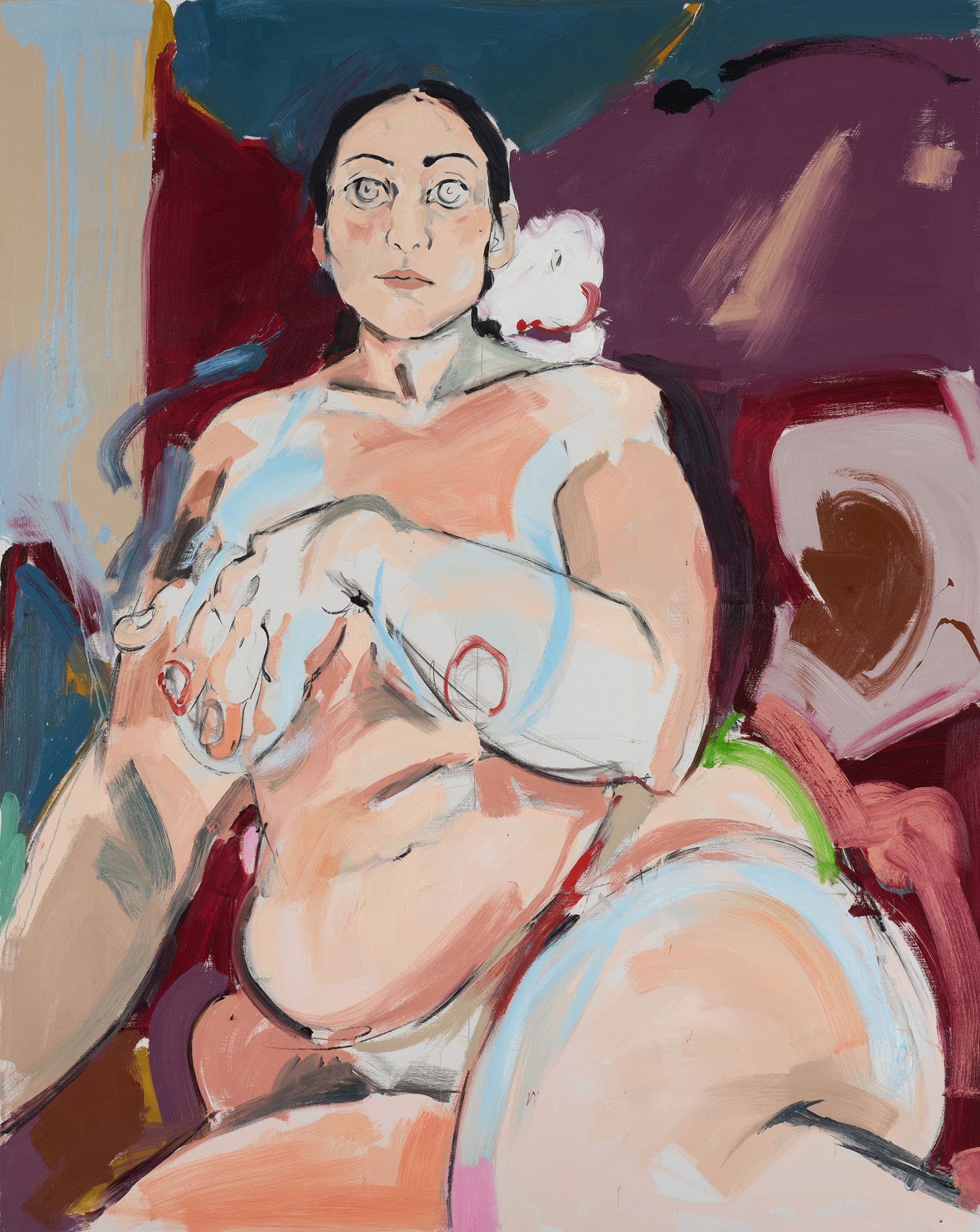
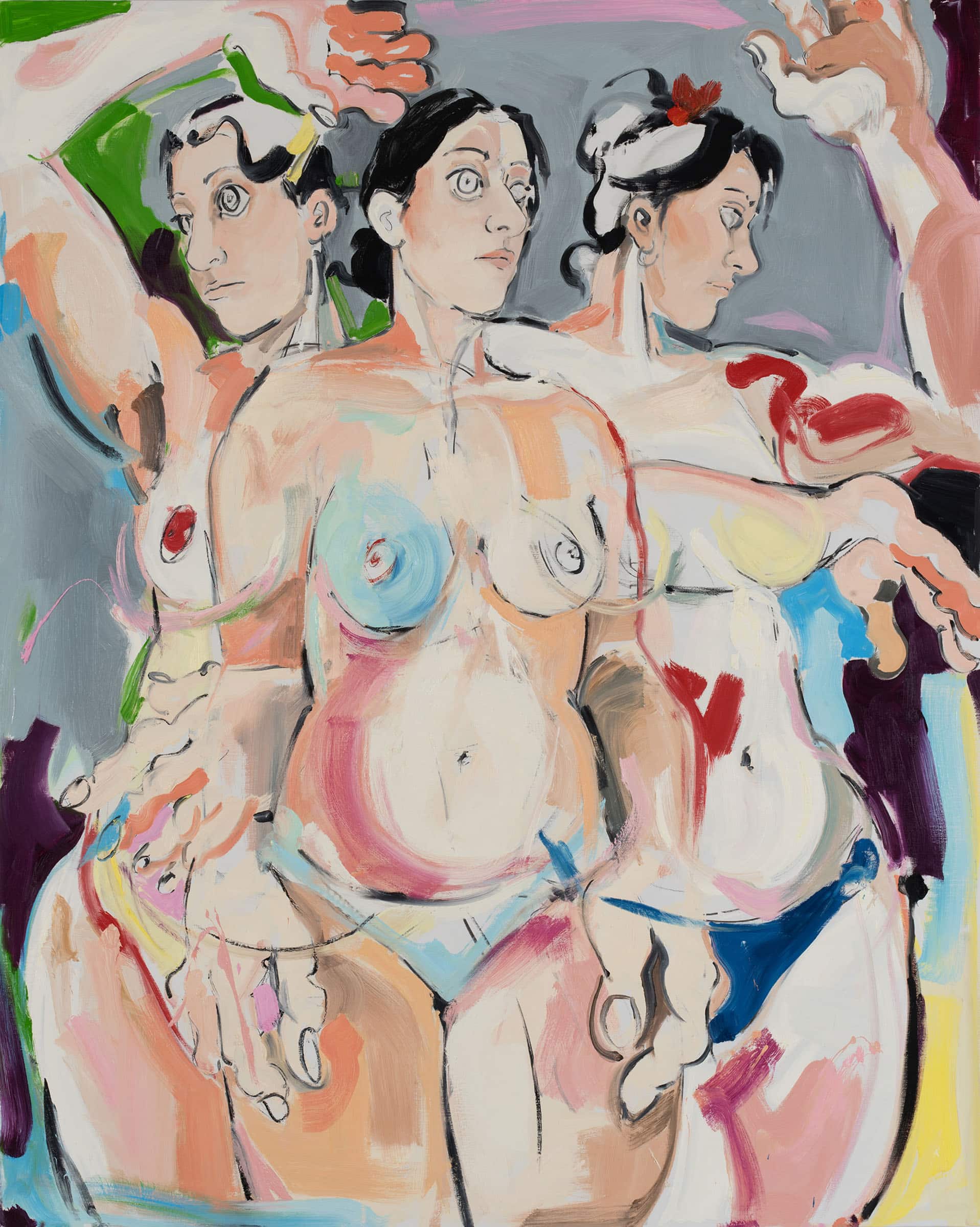
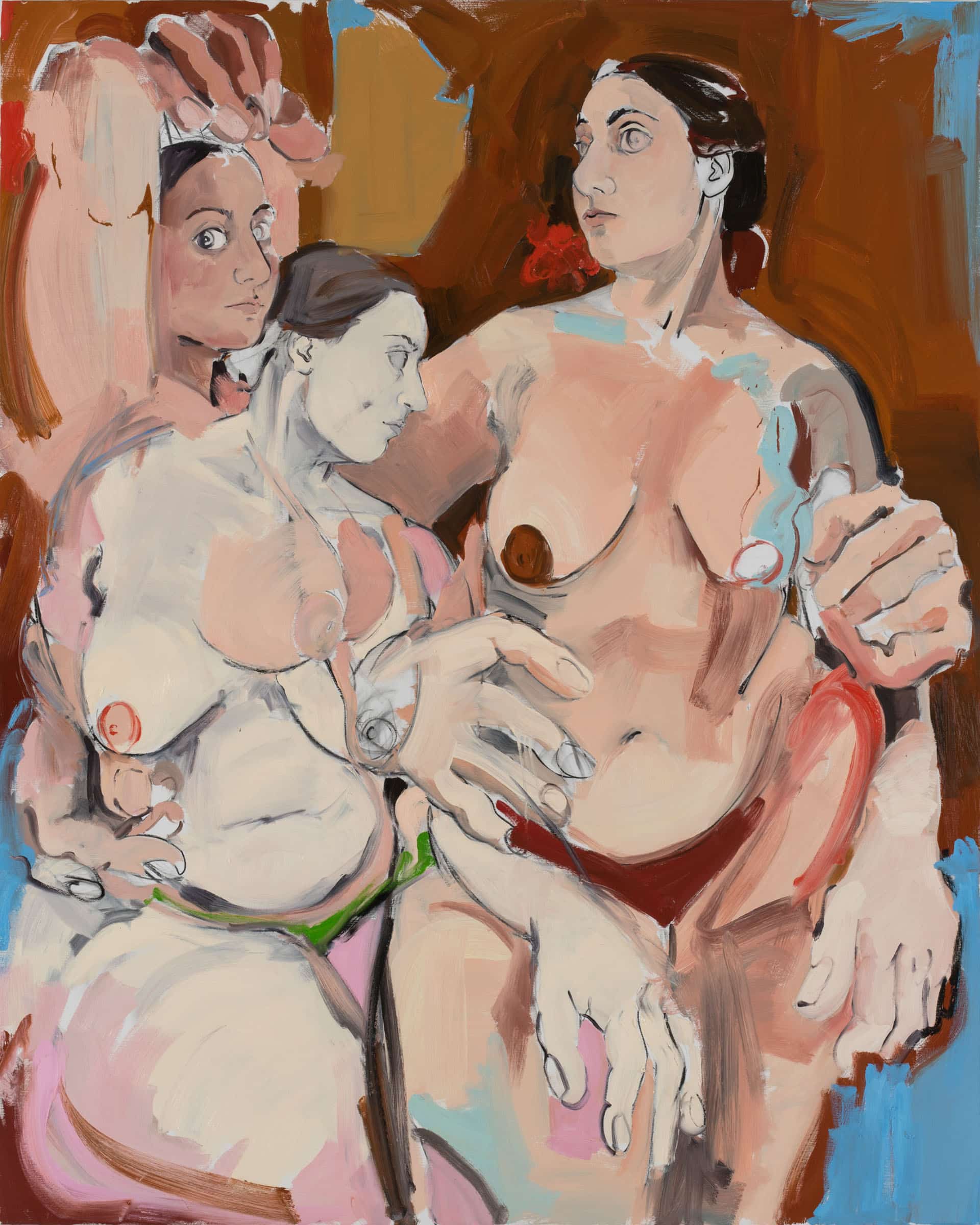
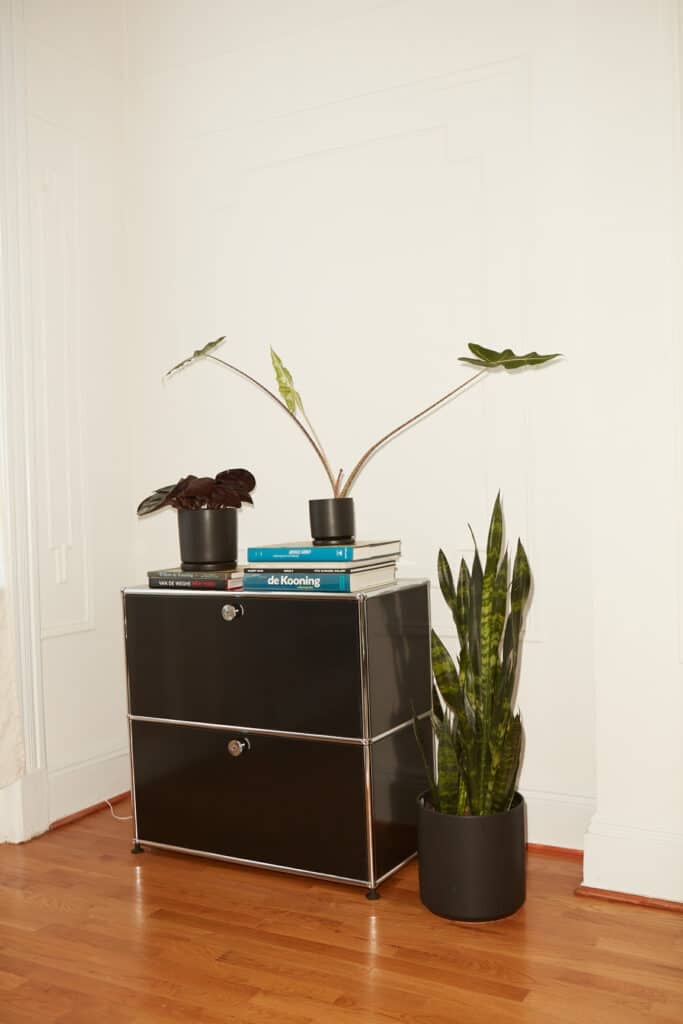
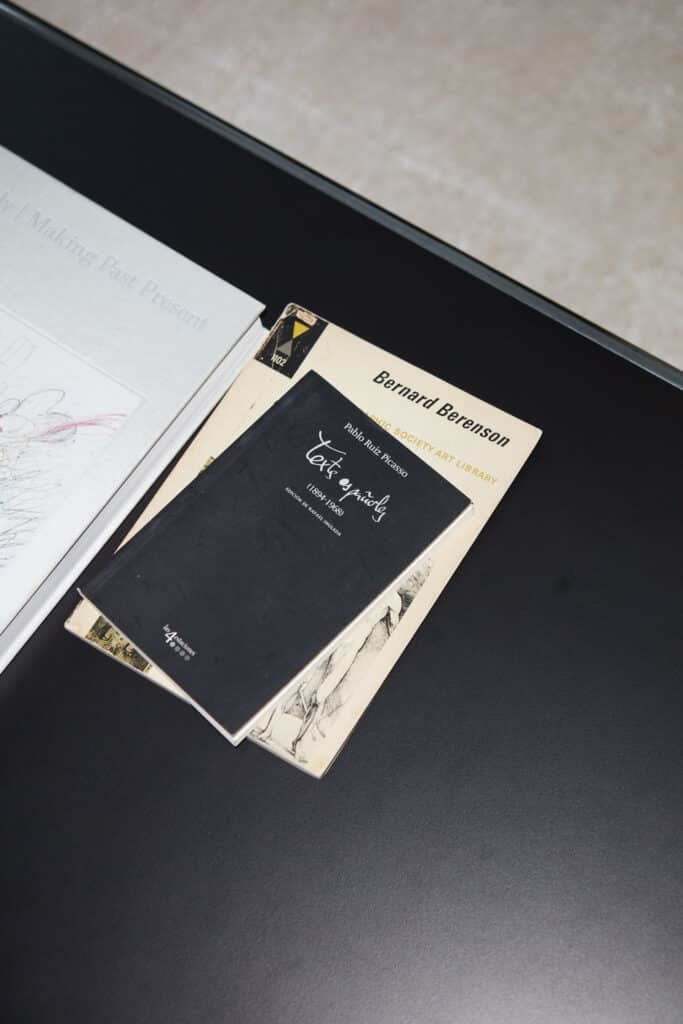
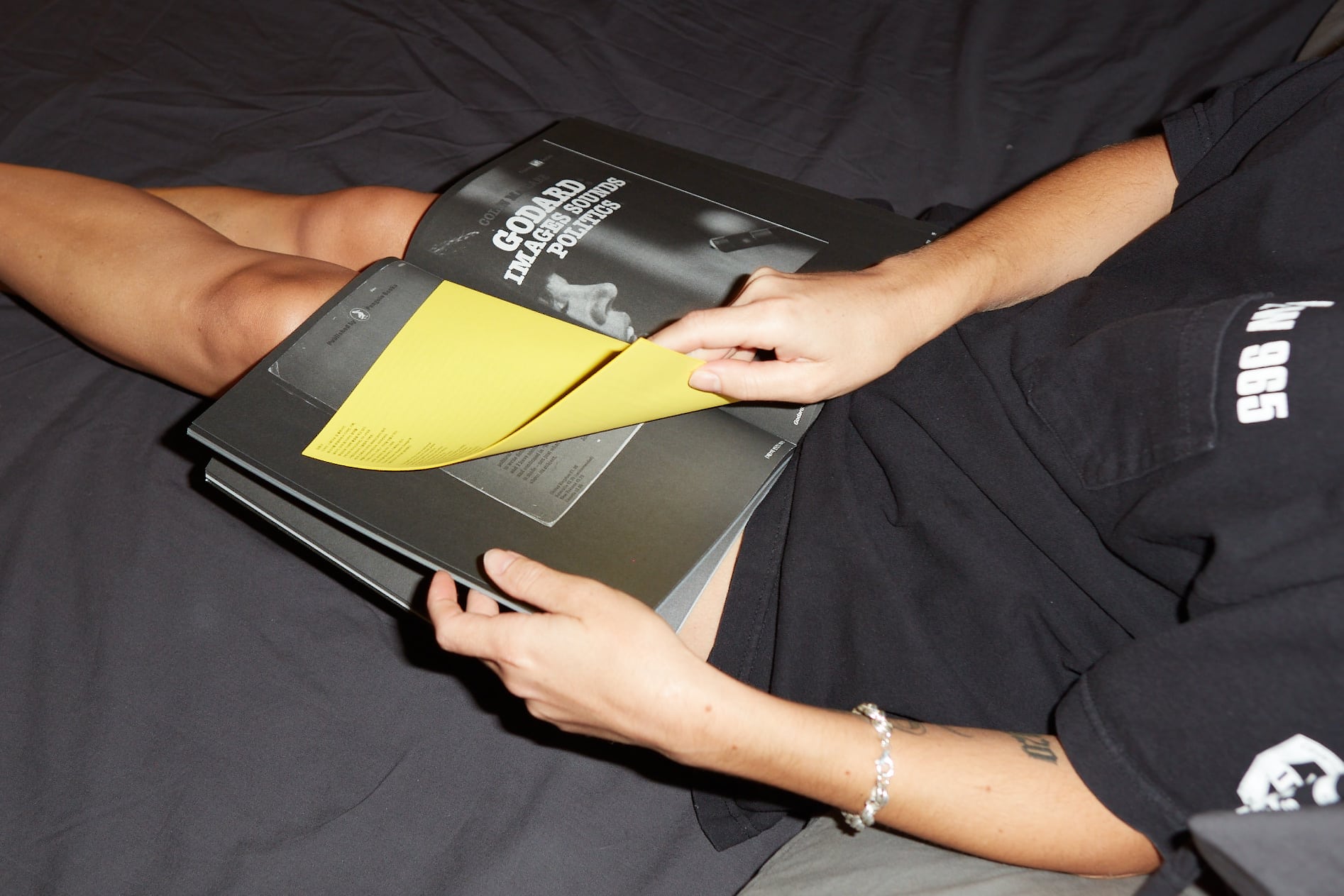
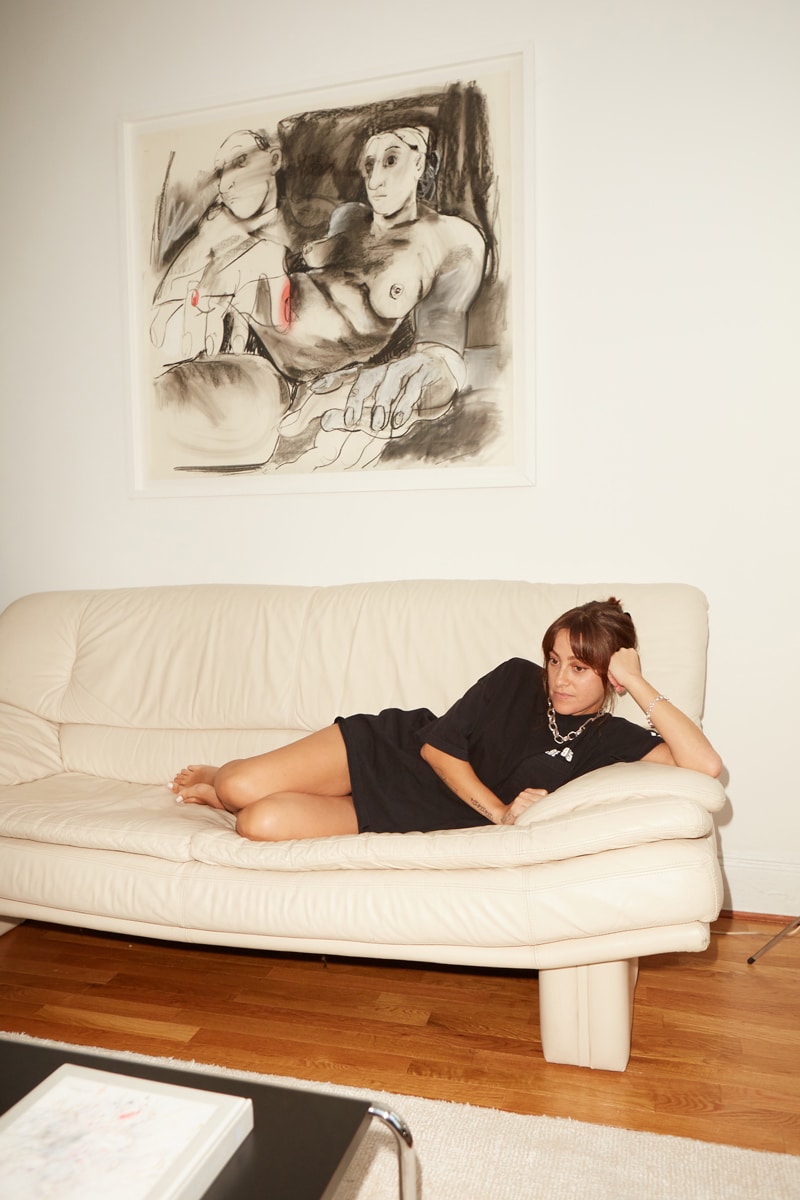
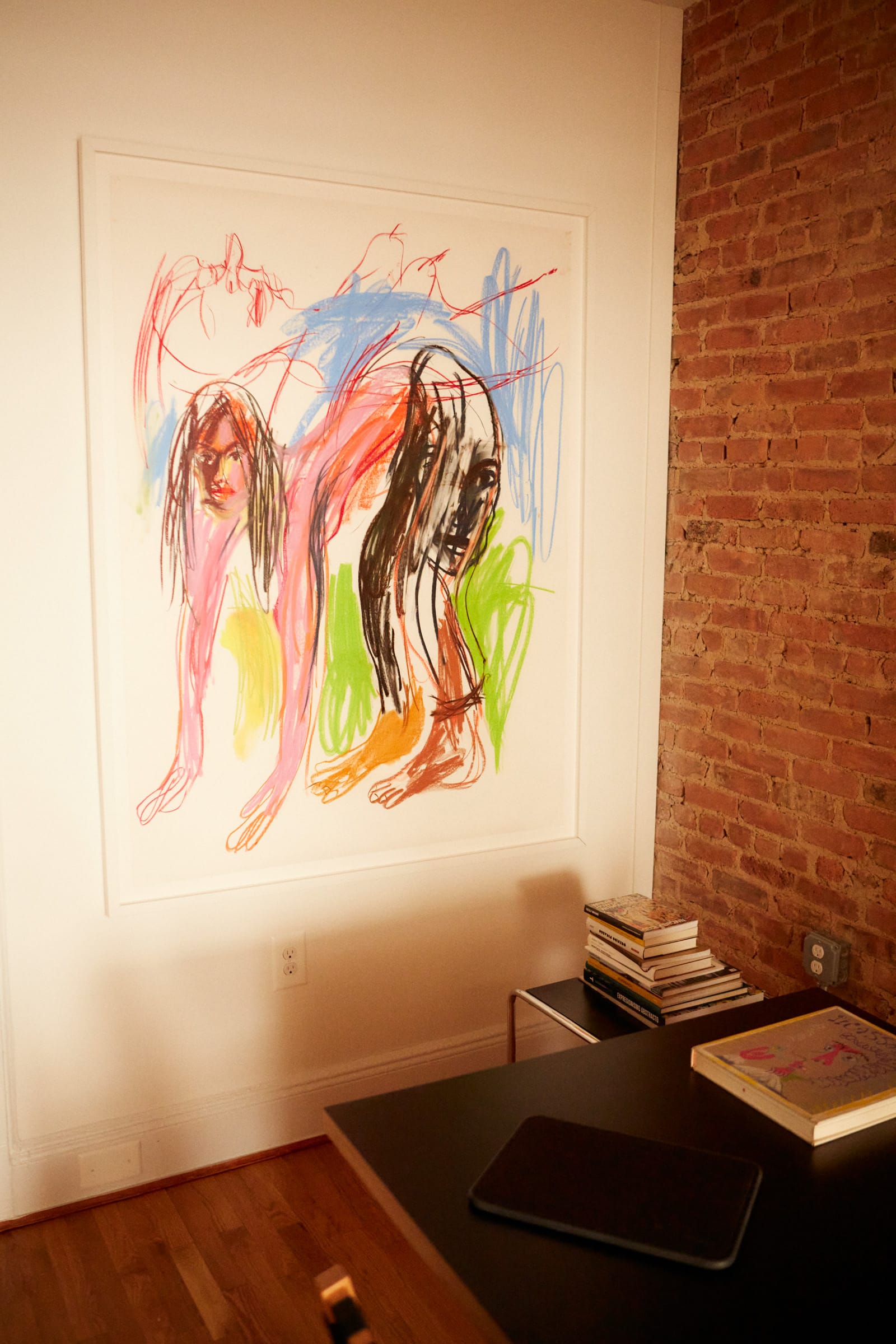
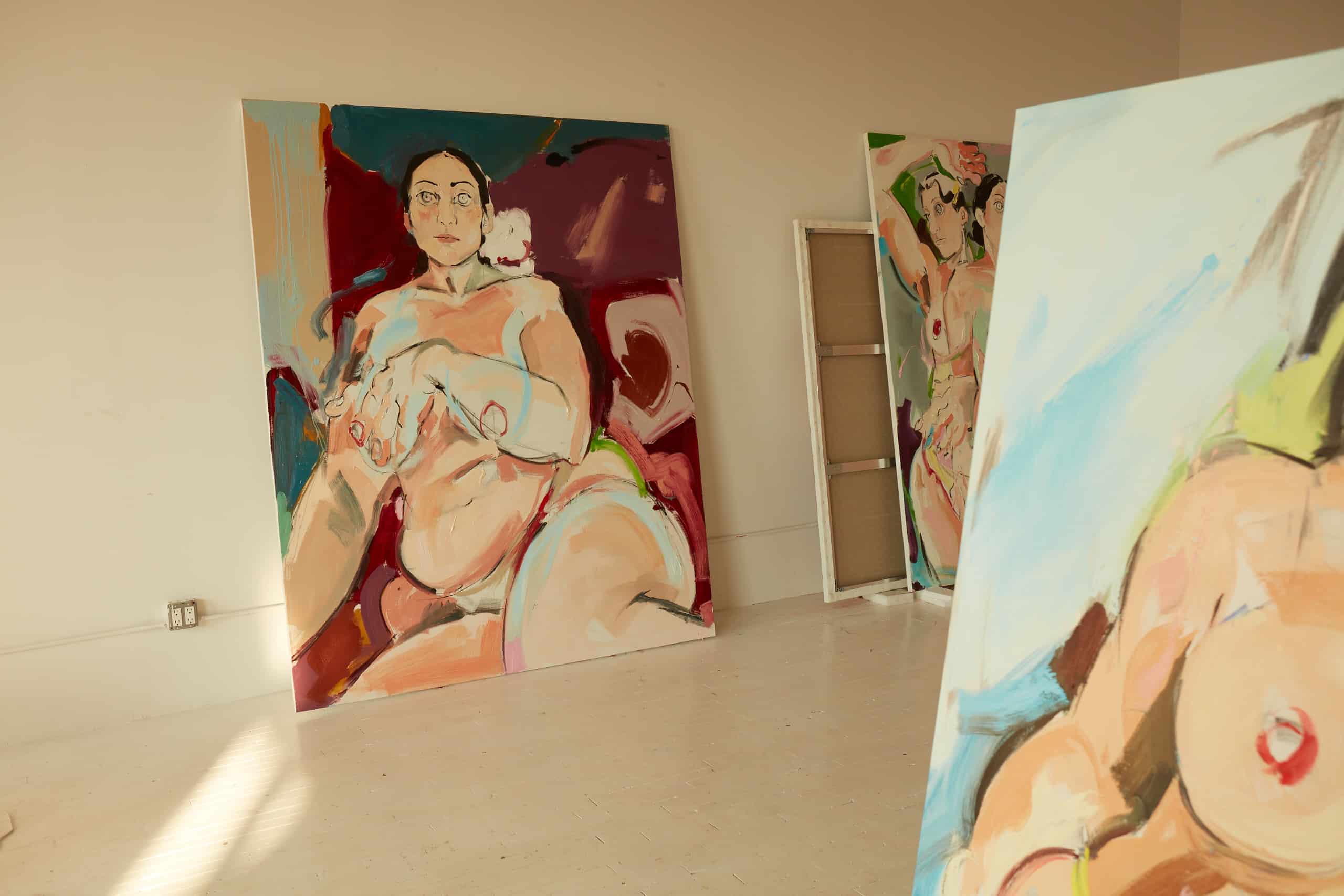
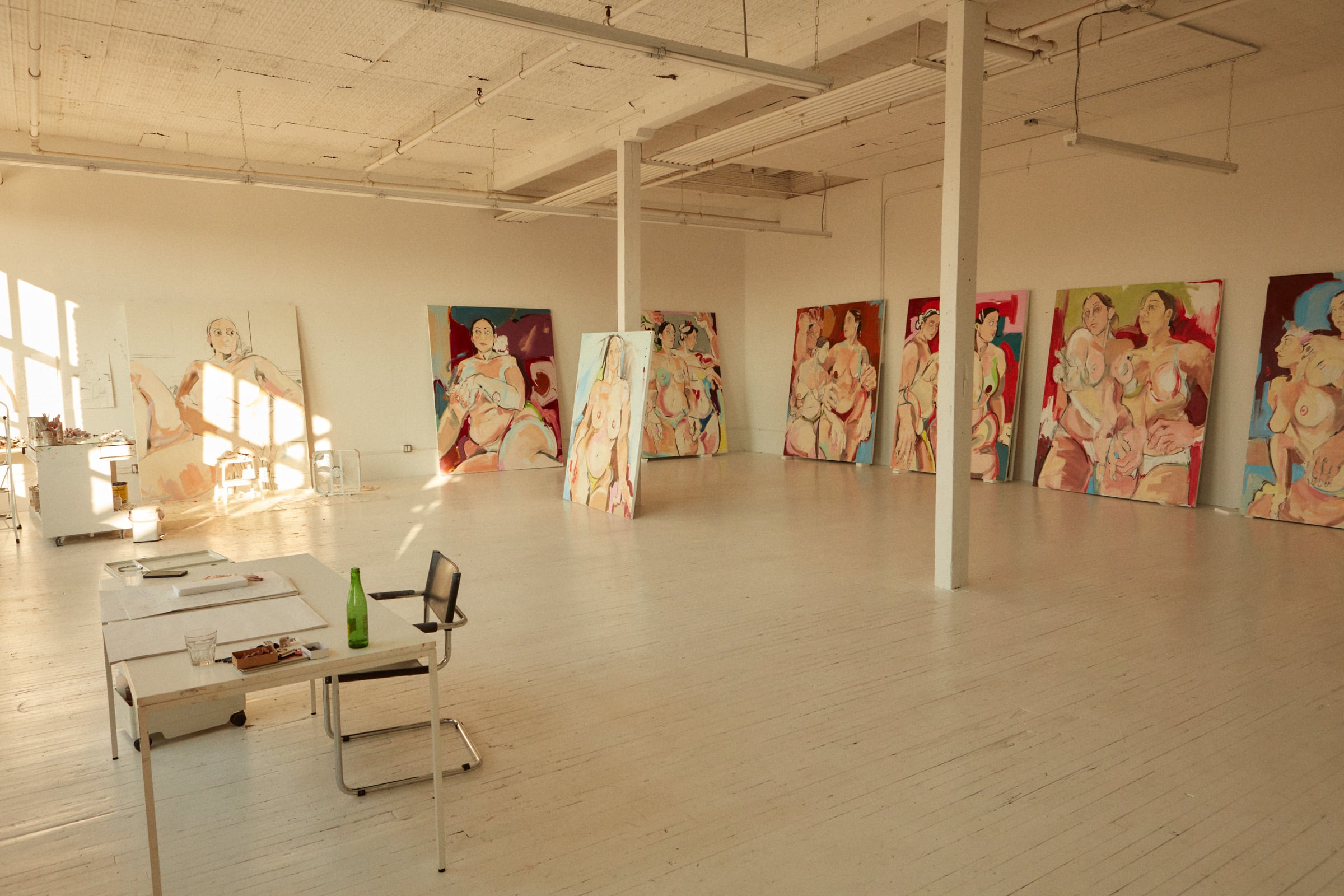
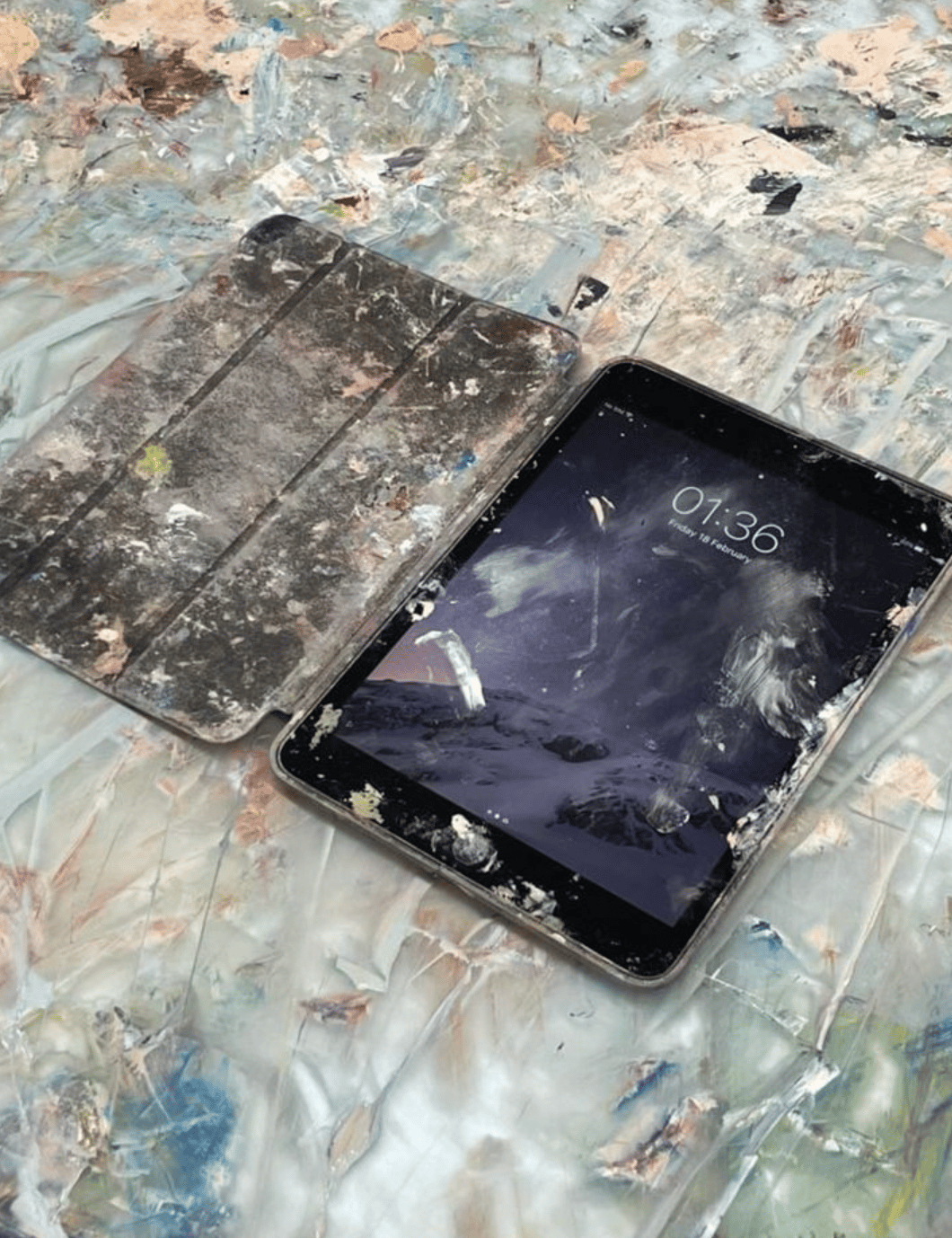
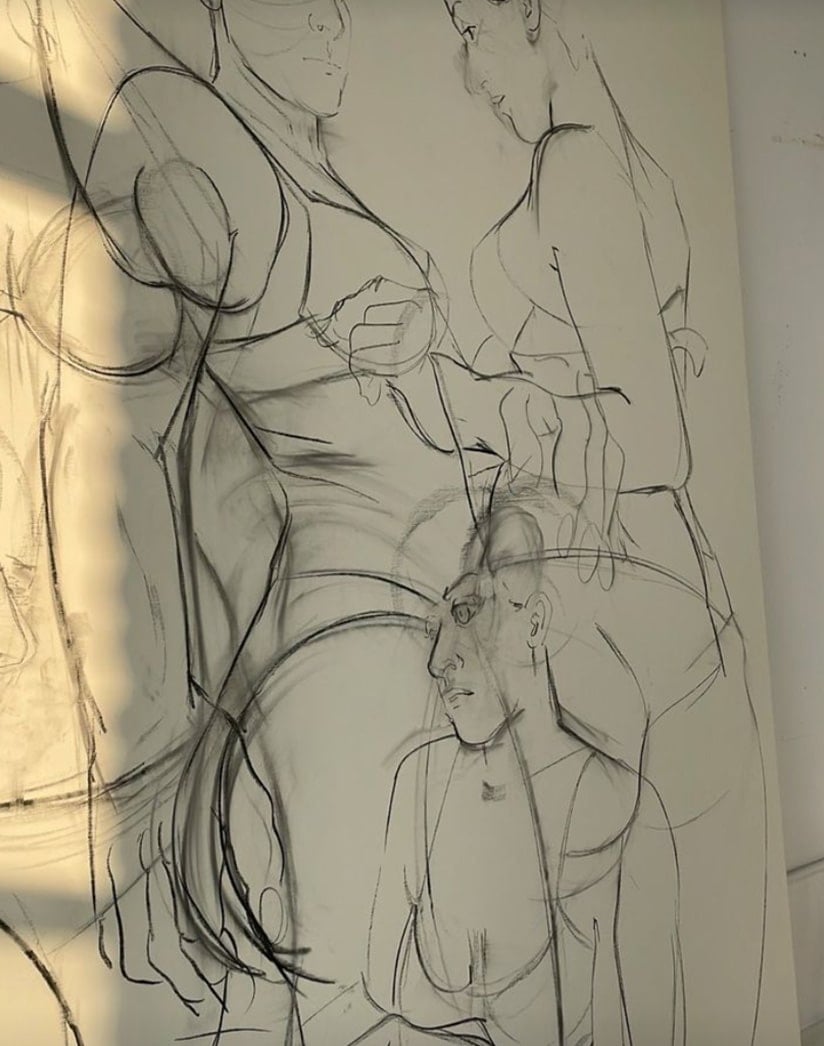
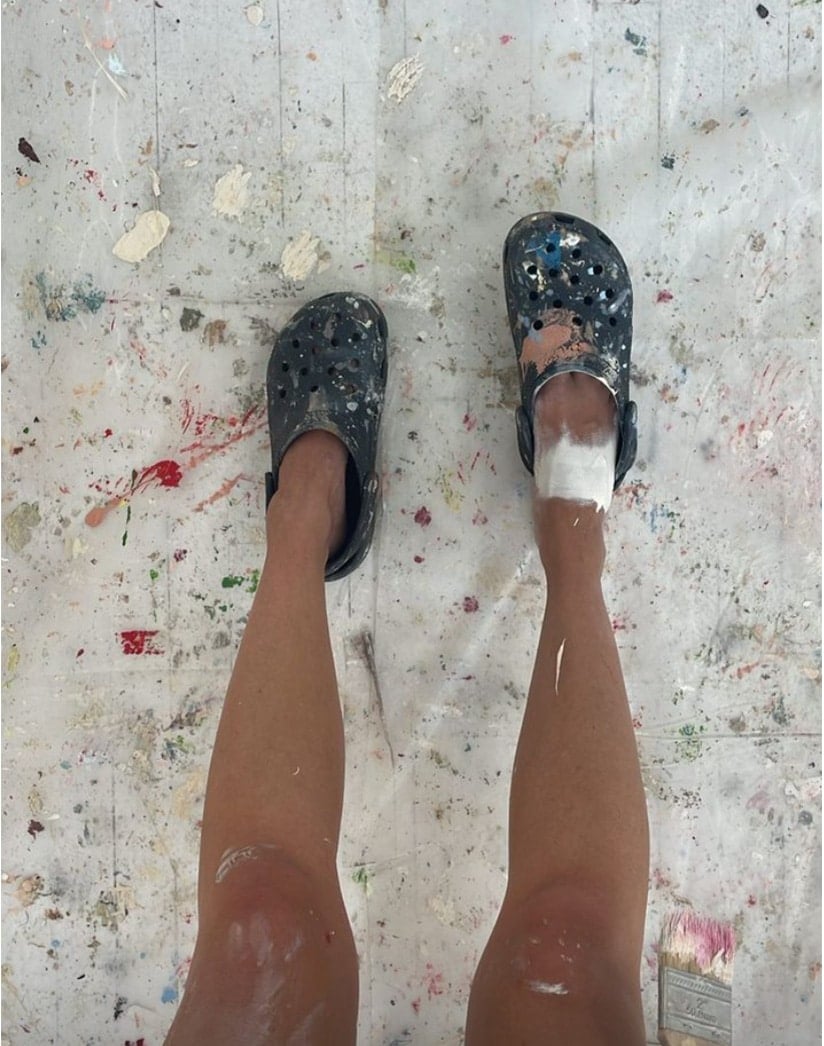
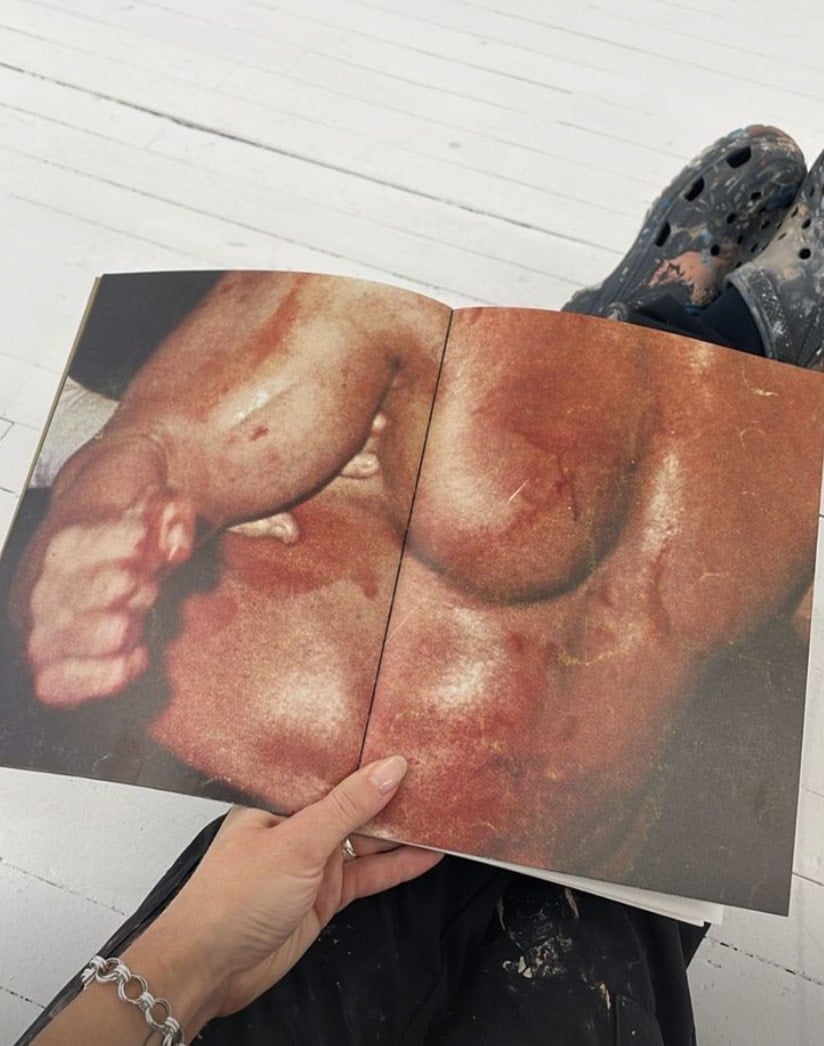
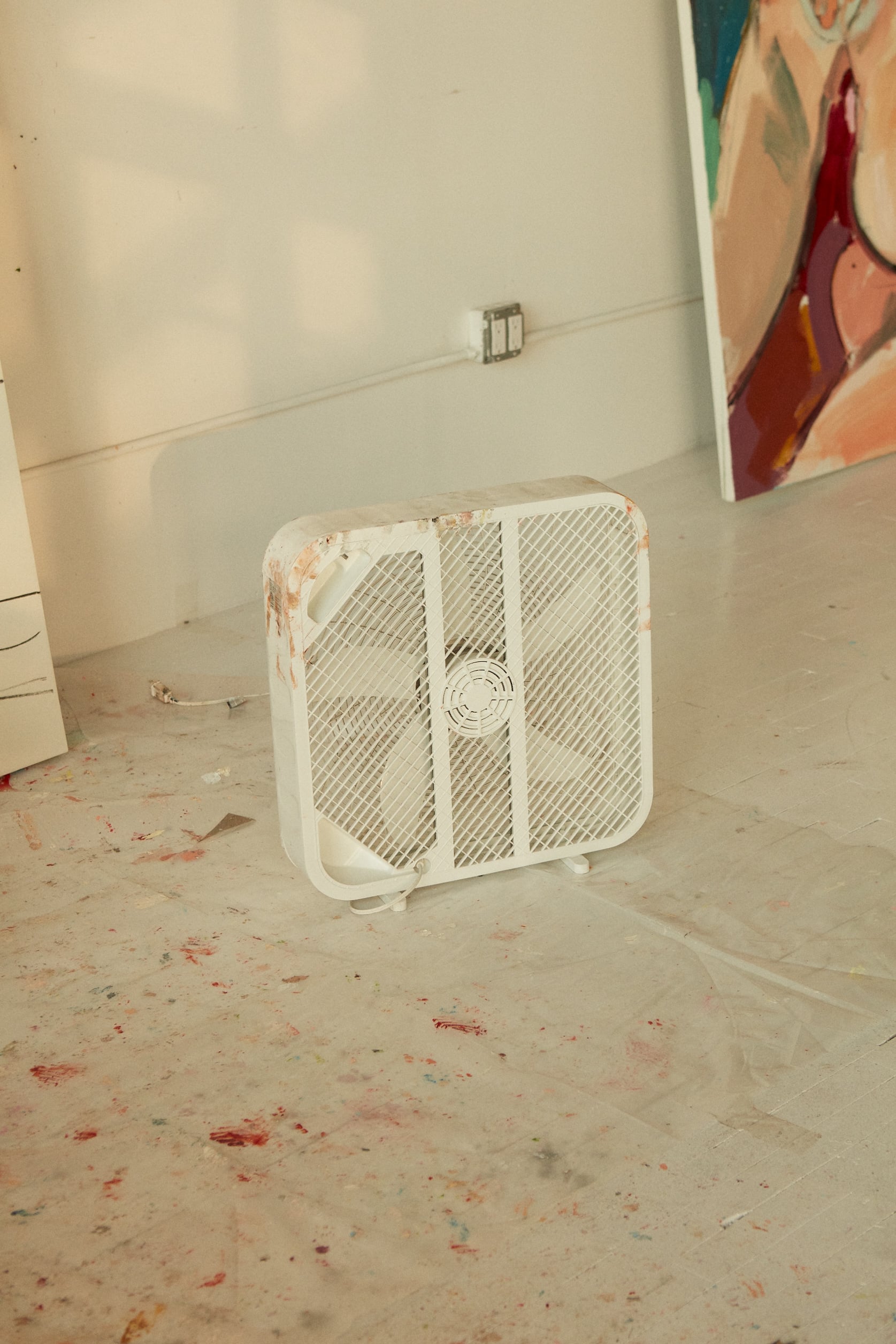
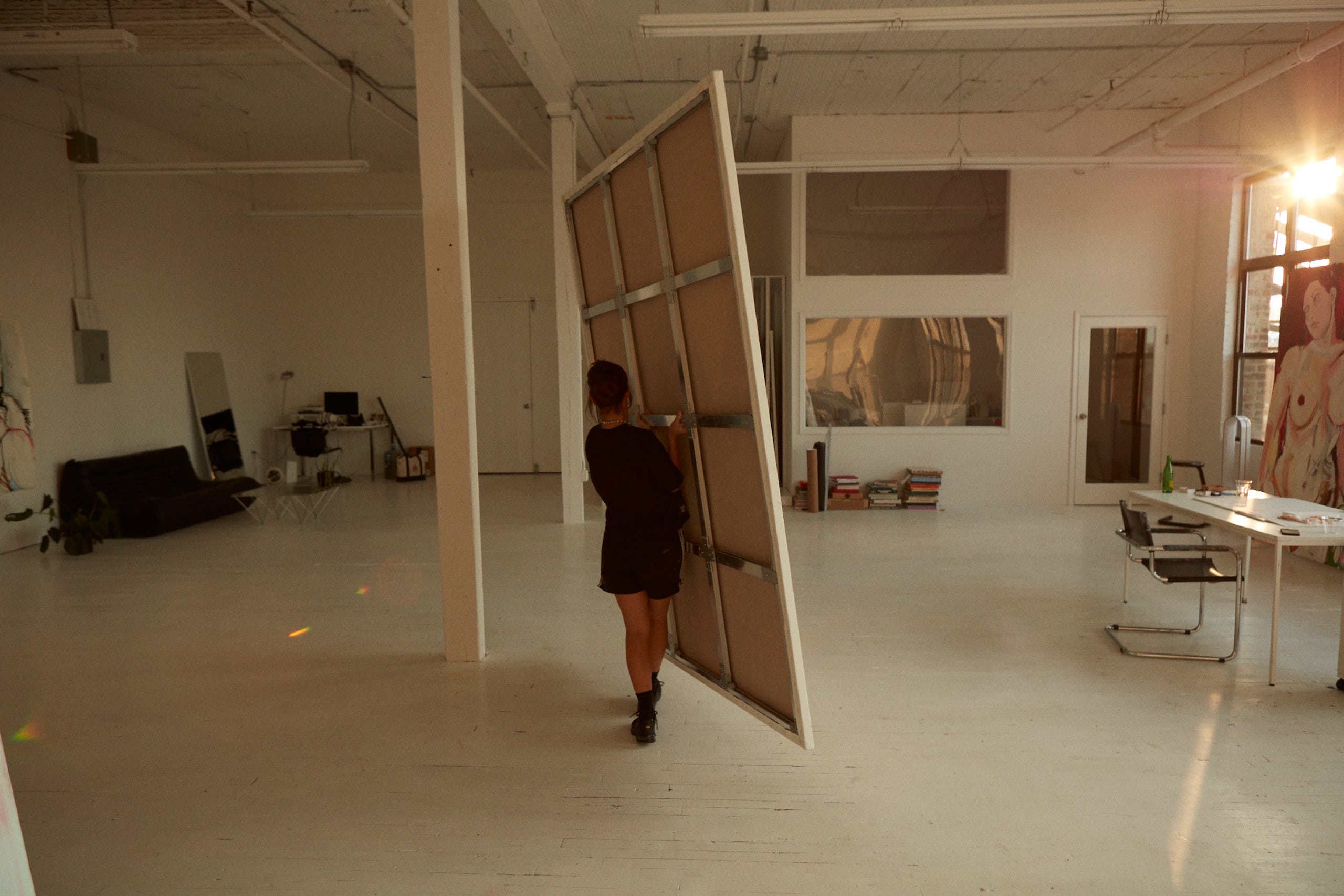
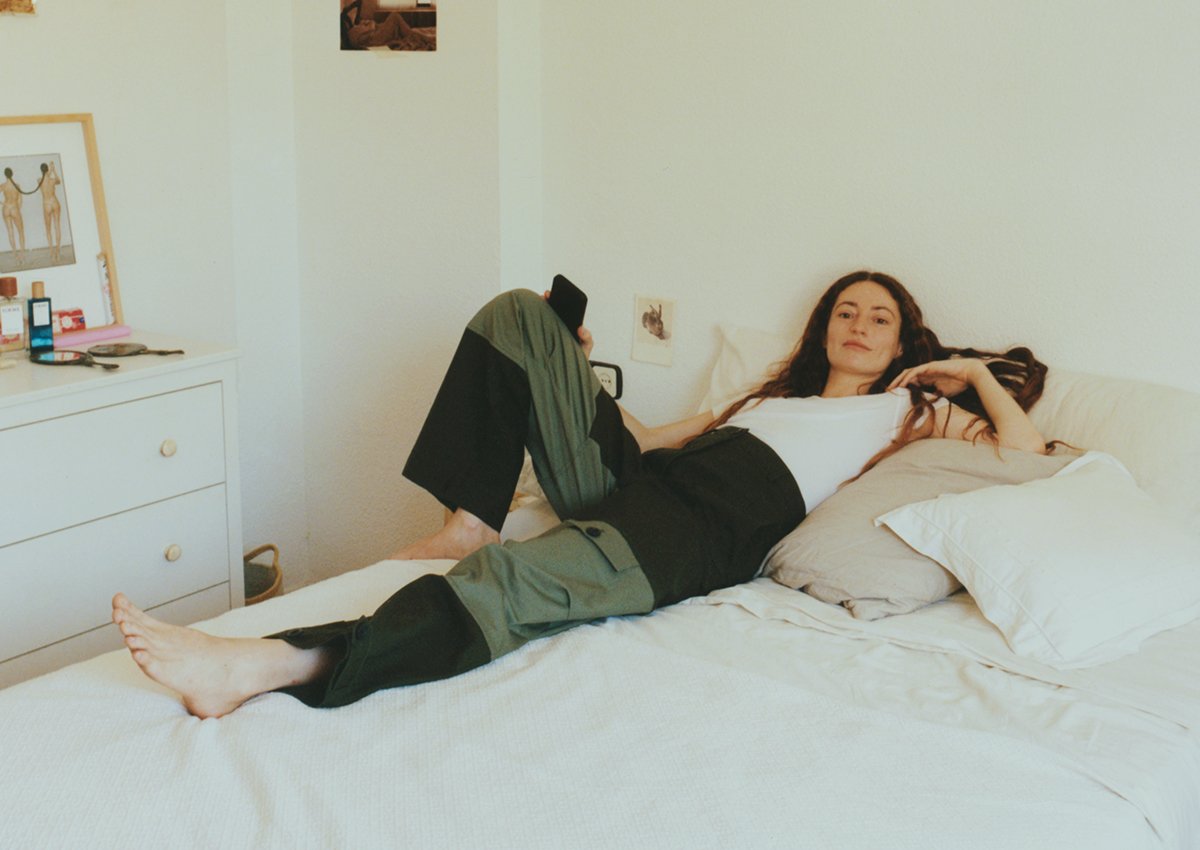
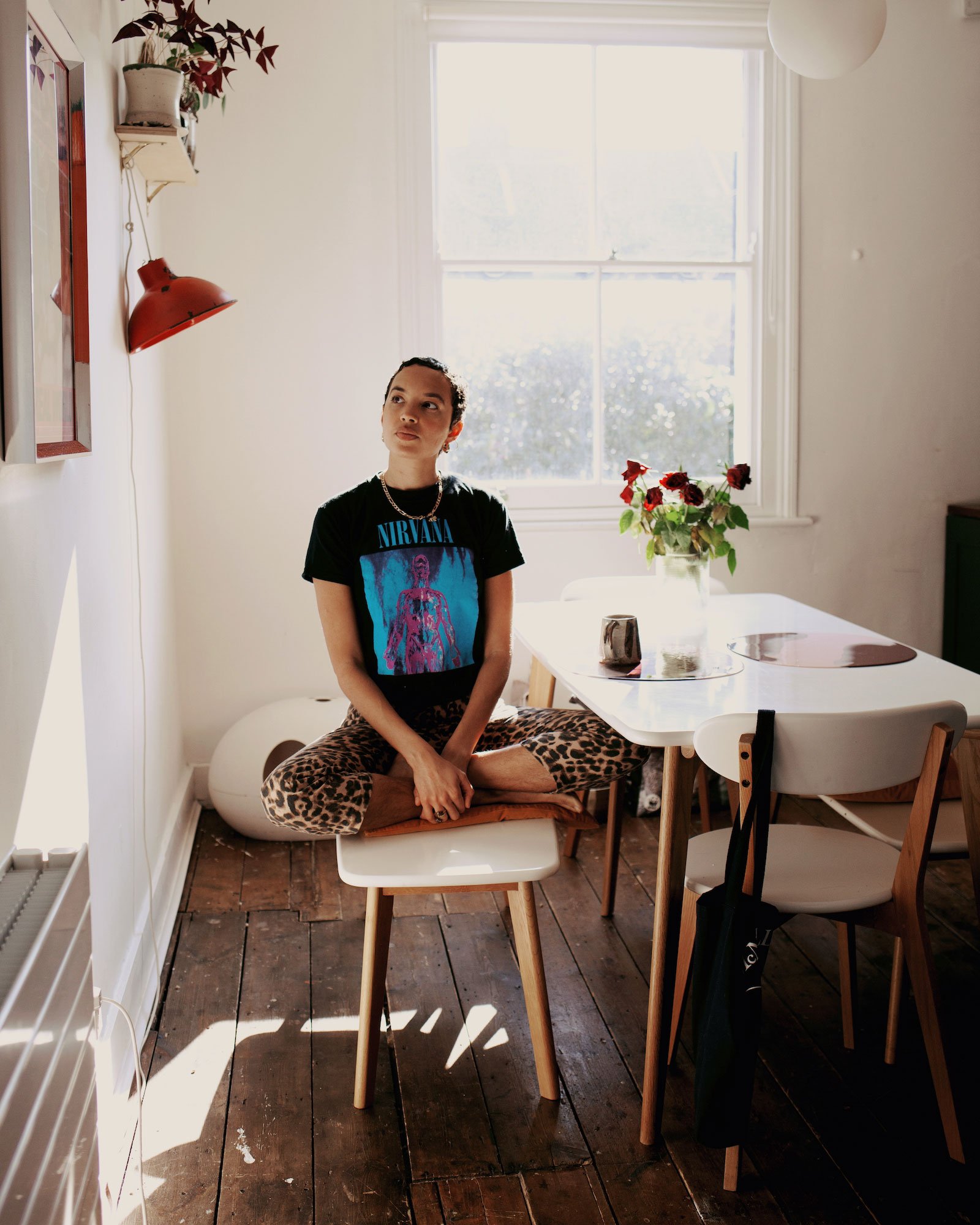
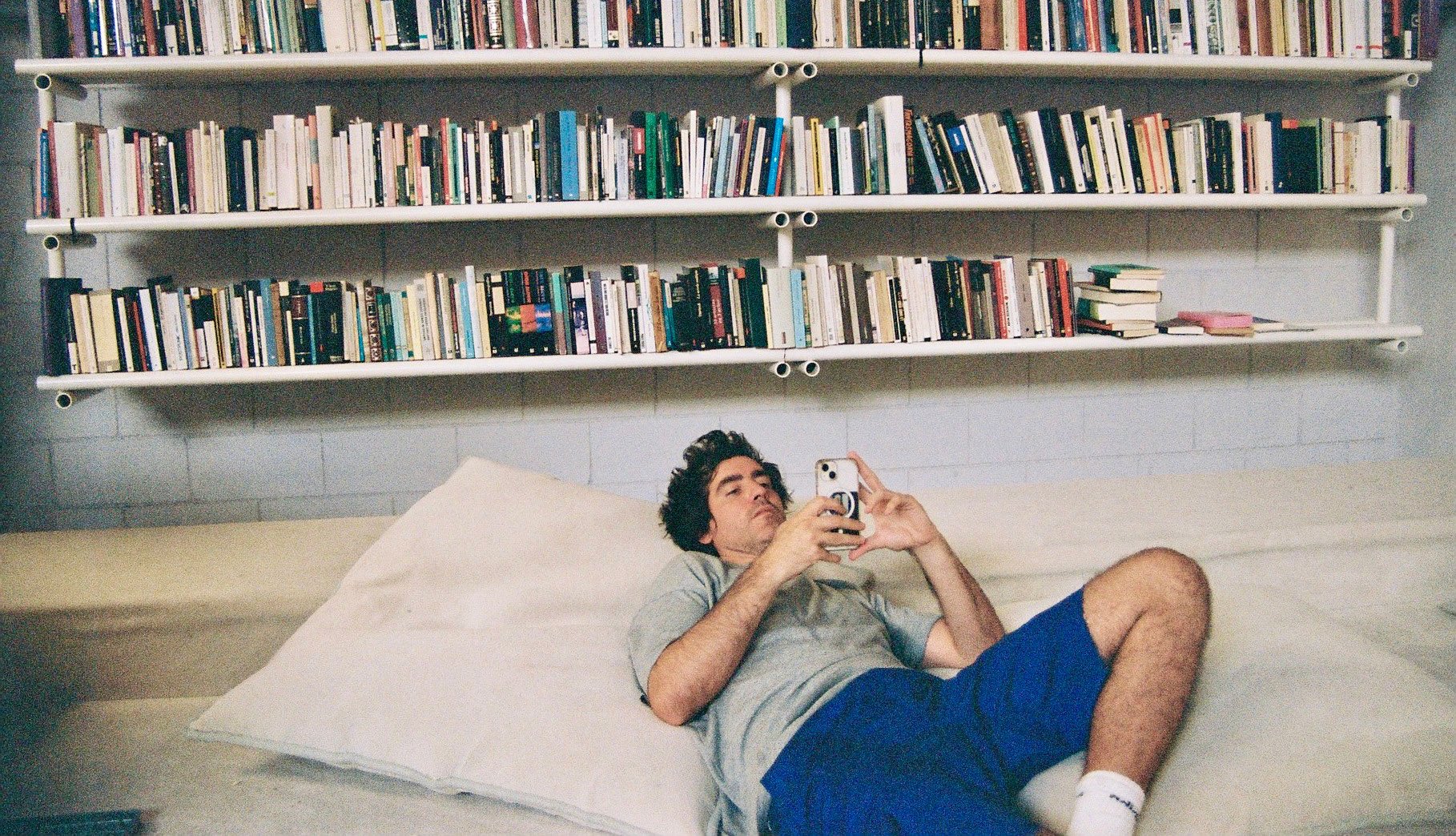
 close
close















